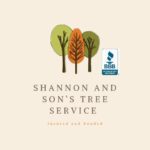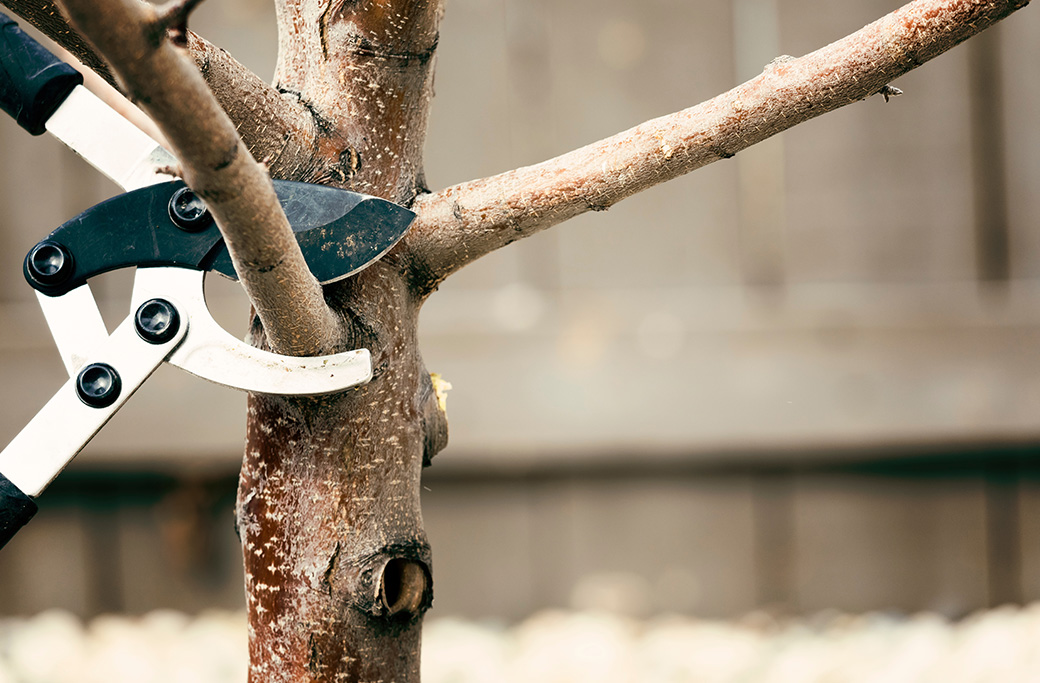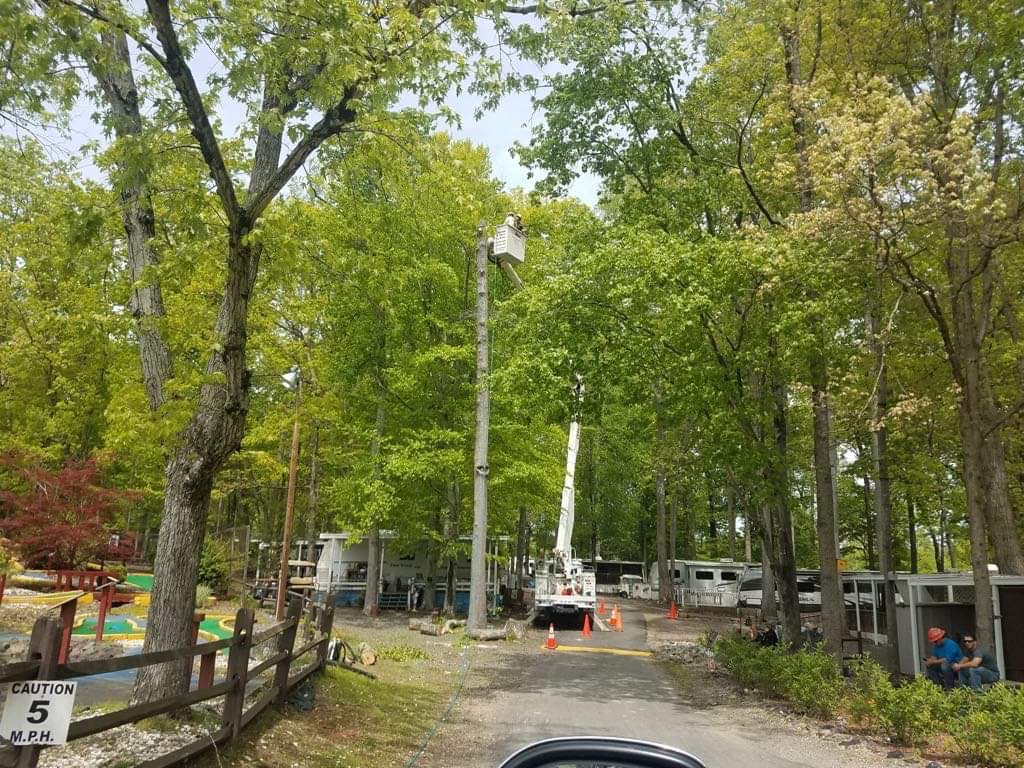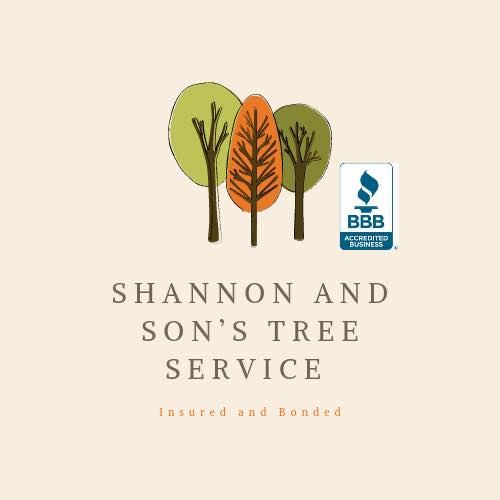Tree pruning is a crucial aspect of maintaining a healthy and aesthetically pleasing landscape. However, many gardening enthusiasts often wonder about the most opportune moments to trim their trees. North Carolina’s diverse climate and fluctuating seasons play a vital role in determining the best time for this task. At Shannon & Son’s we understand the complexities of tree care and will now help you explore the seasonal intricacies that impact your pruning strategies.
Understanding the Importance of Proper Tree Pruning
For every tree in your garden, pruning is not merely a matter of snipping off a few branches; it’s about supporting the health and life of the tree itself. Understanding proper tree pruning is essential for numerous reasons. Pruning at the wrong time or in the incorrect manner can lead to damage such as stunted growth, reduced fruit production, or increased susceptibility to disease and pests. It’s a delicate balance between fostering healthy development and inadvertently causing long-term harm. By comprehending the principles of proper pruning, gardeners can ensure they are supporting the natural growth and vitality of their trees, which contributes to the overall balance and beauty of the landscape. Trees flourish when they can allocate resources efficiently, and regular pruning allows energy to flow towards new growth and disease prevention.
The Multi-Faceted Approach to Pruning Timing
Before the shears hit the branches, gardeners must consider multiple factors such as species, age, and health of the tree, as well as the intended pruning goal. Each time of year comes with its own set of benefits and risks, all of which have a direct impact on the tree’s well-being.
Pruning in Spring: A Time for Renewal
Spring pruning is favored for its ability to invigorate the tree, encourage new growth, and promote flowering. With the tree in the early stages of the growing season, it can rapidly heal and recover from cuts, leading to a more robust growth pattern for the year. However, this is also a time of vulnerability, with the risk of disease and pest infestation due to open wounds. Gardeners must exercise caution and prioritize sanitary practices.
Pruning in Summer: Managing Mid-Year Growth
Summer is a period of intense growth, making it an ideal time for light maintenance pruning to shape the tree and remove any diseased or damaged limbs. The warm weather assists in rapid healing, but it’s essential to avoid heavy pruning that can shock the tree. Additionally, be mindful of the nesting season for birds, and inspect the tree for wildlife before commencing.
Pruning in Fall: Setting the Stage for Winter
Fall pruning readies the tree for the dormant phase and winter weather. By removing deadwood and structurally unsound limbs, you reduce the risk of winter damage and facilitate light penetration to the tree’s core, which is crucial before the shorter, darker days arrive. At the same time, be wary of introducing open wounds that may not have sufficient time to heal before freezing temperatures set in.
Pruning in Winter: Safeguarding and Shaping
Winter, the dormant season, offers an opportunity for more aggressive pruning without hampering the tree’s health. This season is prime for corrective and structural pruning as it’s easier to assess the tree’s shape and identify problematic limbs without foliage. However, precautions are necessary to prevent exposure to frosts and winter pests. It’s also the perfect time for reducing the canopy to prepare for the strong winds typical of the season.
Best Practices for Tree Pruning in North Carolina
Know Your Species: Each tree species has a preferred pruning season. Aim to follow those guidelines for the best results.
Understand the Purpose: Pruning for structural strength, seasonal beauty, or disease control will all require different approaches in timing and technique.
Use Suitable Tools: The right tools, maintained and sharpened, are your best friends for efficient and safe tree pruning.
Safety First: Avoid working near electrical lines and use safety equipment, especially when working with heights.
Seek Professional Assistance: If you have any doubts or the job is too big, consulting with a certified arborist is always a wise choice.
Best Time of Year to Prune Trees in North Carolina
Proper timing is just one piece of the tree care puzzle. As you navigate tree maintenance, allow the seasonal clues of North Carolina to guide your hand and decisions carefully. Remember, every cut impacts the tree’s future, so make it count. The best time for tree pruning in North Carolina depends on the specific tree and its pruning objectives. Whether it’s to enhance the aesthetic of your garden, maintain health, safety, or prepare for weather changes, thoughtful, and strategic pruning will ensure your trees continue to thrive. Don’t prune your trees blindly; let the seasons be your ally in the quest for a flourishing landscape. For a deeper understanding or help with your tree care, reach out to local tree service providers like us at Shannon & Son’s Tree Service. We can offer personalized advice on pruning times, as well as quality service to get the job done right. After all, trees are an investment in the future of your property, and wise pruning can ensure that investment pays dividends for years to come.



